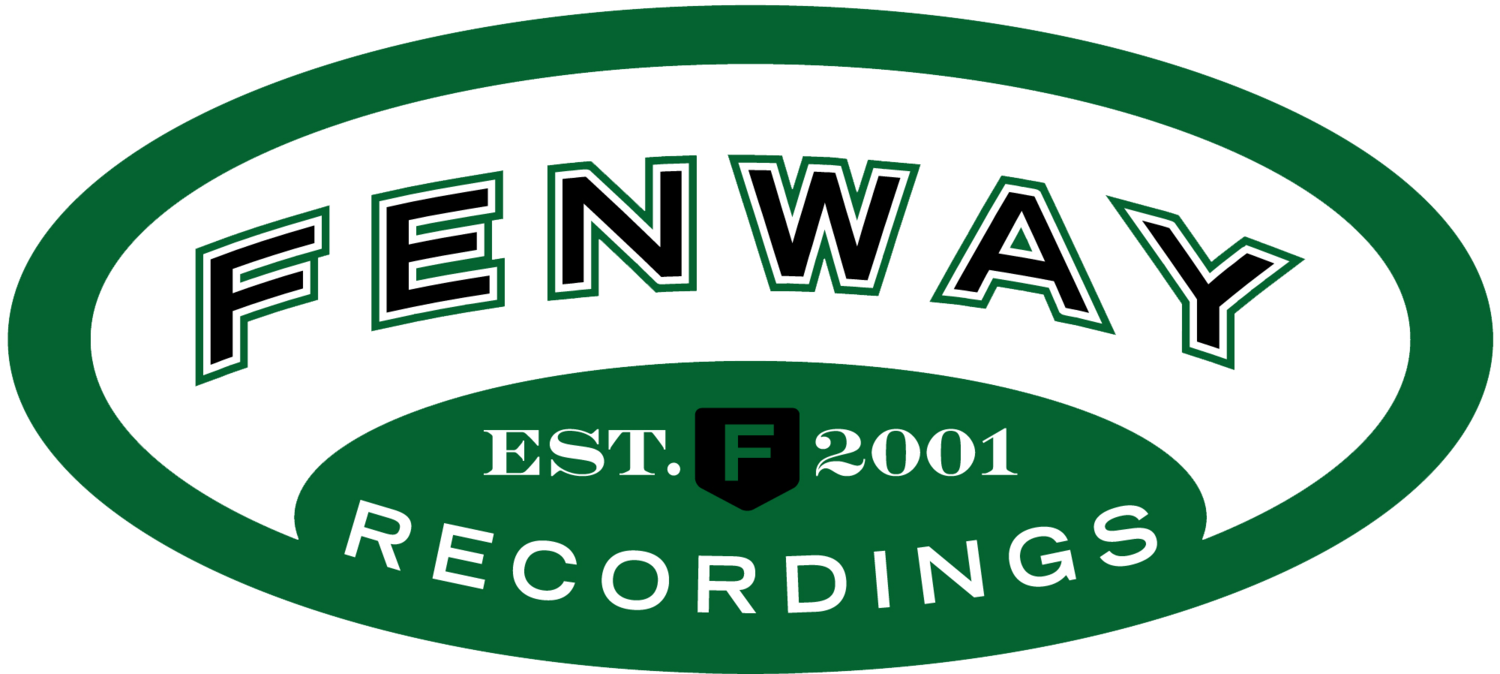Mission of Burma formed in Boston in 1979, fostered by the early years of the Boston punk rock scene. The band consisted initially of Roger Miller, Clint Conley, and Peter Prescott. Martin Swope quickly came on the scene as their audio engineer and tape-effects artist. The below playlist should be listened to while reading this piece. It features important pieces of music from Mission of Burma in a relatively chronological order.
Mission of Burma was welcomed into the Boston punk scene very quickly, as MIT’s college radio station, WMBR played Peking Spring more than any other song in 1979. The first song on the attached playlist is the version of Peking Spring from the 1985 live album, The Horrible Truth about Burma. In 1981, the band released their first single, Academy Fight Song, backed with Max Ernst on Ace of Hearts Records, producer Rick Harte's label. These are the first two songs on their debut EP, Signals, Calls, and Marches, which was also released on Ace of Hearts in 1981 and sold out of its initial pressing of 10,000 records by year’s end. Harte produced the band's recordings and his groundbreaking work combined with the band's sound turned heads worldwide. The video below is an early recording of Burma playing Peking Spring in Boston in 1979.
The next year, Ace of Hearts released MoB's first full-length record, Vs. also produced by Harte. This album garnered incredibly strong critical reception, and today remains one of the most important punk albums ever made. It comes in at #49 on Pitchfork’s “Top 100 Albums of the 1980s” list and #25 on Rolling Stone’s “40 Greatest Punk Albums” list. The next two songs on the playlist, Secrets and Trem Two are from this album.
Mission of Burma disbanded in 1983, just four years after their formation, due to Roger Miller’s worsening tinnitus. This was attributed largely to the band playing notoriously loud shows, because well - you can't be one of the most important punk bands of all time without a little tinnitus. Before they broke up, however, they took a farewell tour during which the live album, The Horrible Truth About Burma was recorded by Harte. This album would be released in 1985.
During the 19 years that followed the band’s breakup, there were early demos released by Taang! Records and rereleases on Rykodisc, and while not touring , the band accrued a larger and larger fan base. This was in part due to acknowledgement by artists like Nirvana, Pearl Jam, R.E.M. and Moby, the latter two of many who have covered the band. Their chapter in Michael Azerrad's Our Band Could Be Your Life also added to the legacy and unwittingly contributed to the band's second life. In 2002, the band reunited to play a handful of shows in New York and Boston. However, after the two announced shows led to five shows sellouts, the band gradually returned, first live, and then on record. The initial reunion is chronicled in the documentary Not A Photograph, directed by Jeff Iwanicki and David Kleiler, Jr. and released in 2006.
In May of 2004, Burma released ONoffON, and two years later released The Obliterati, both on Matador. During this time they also released a compilation of live tracks called, Snapshot. The next several tracks on the Spotify playlist are from these two albums. Mission of Burma have released two more records between 2006 and now: The Sound, The Speed, the Light, in 2009 and Unsound in 2012. Both albums received largely positive reviews.
It is impossible to fully and accurately trace the influential degrees of separation for a band such as Mission of Burma. After all, they served as a direct influence for bands such as R.E.M., and Nirvana, which in turn have served as a major influences for countless other bands; that said, the playlist to the right attempts to pick out some of the more major artists who have cited Mission of Burma as a direct influence.
